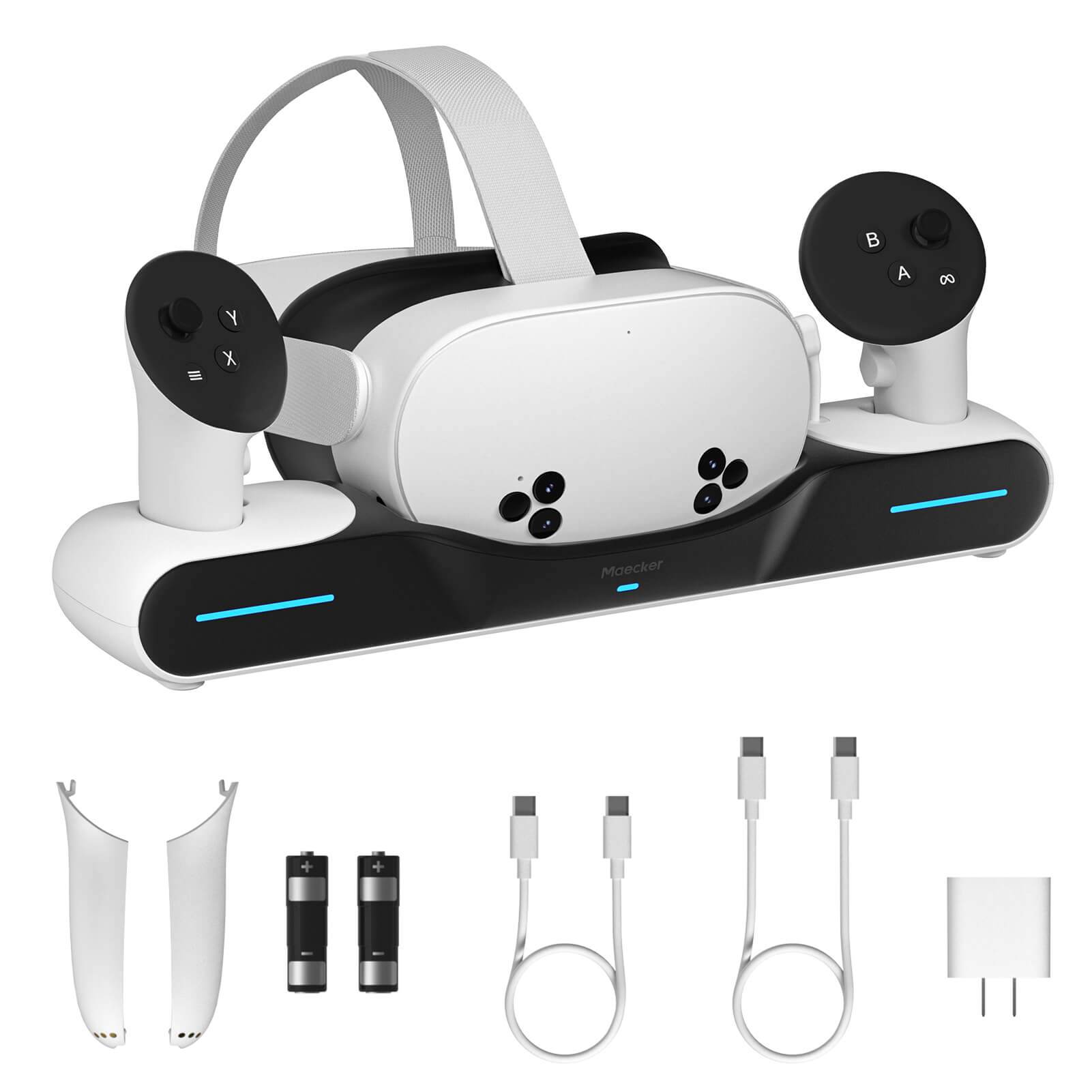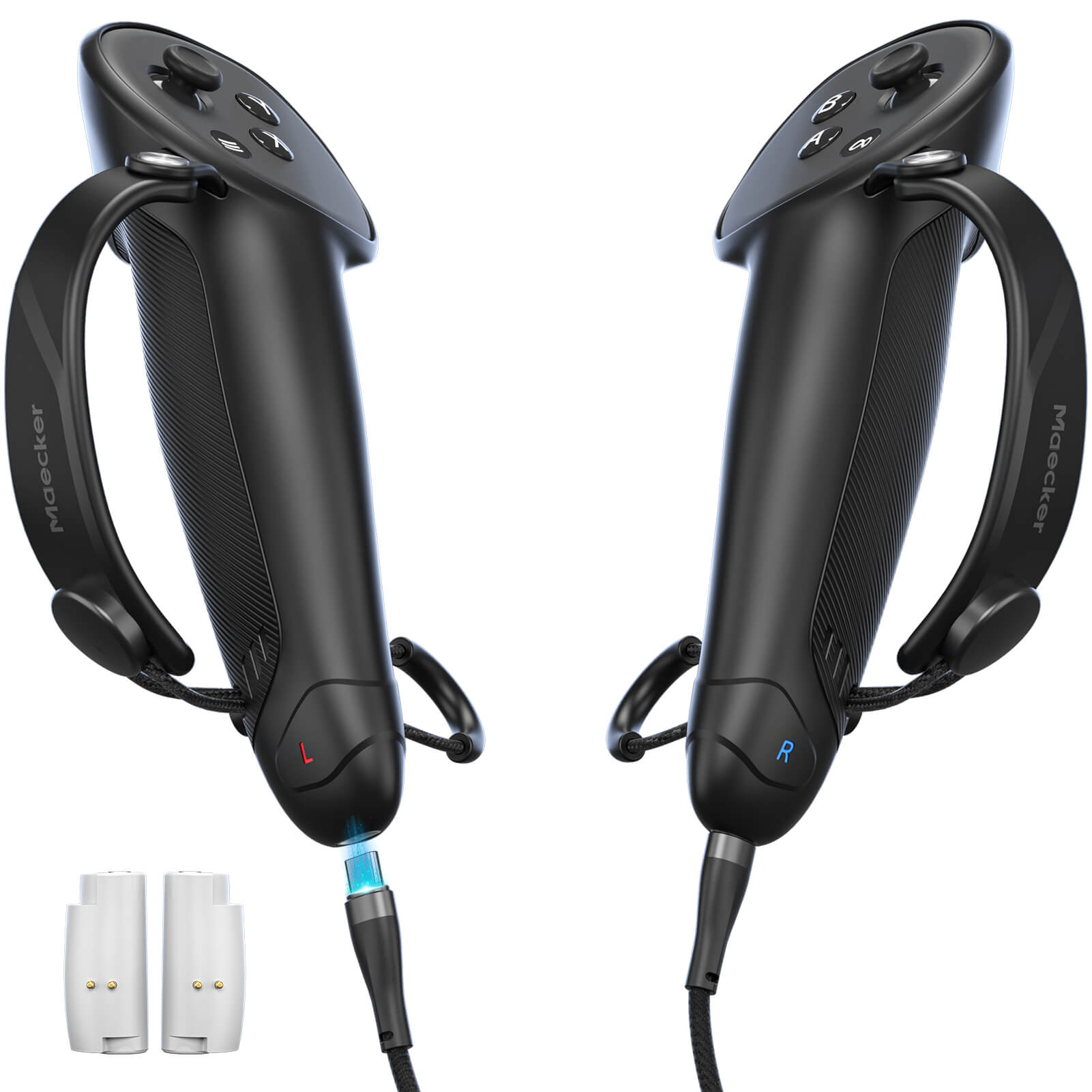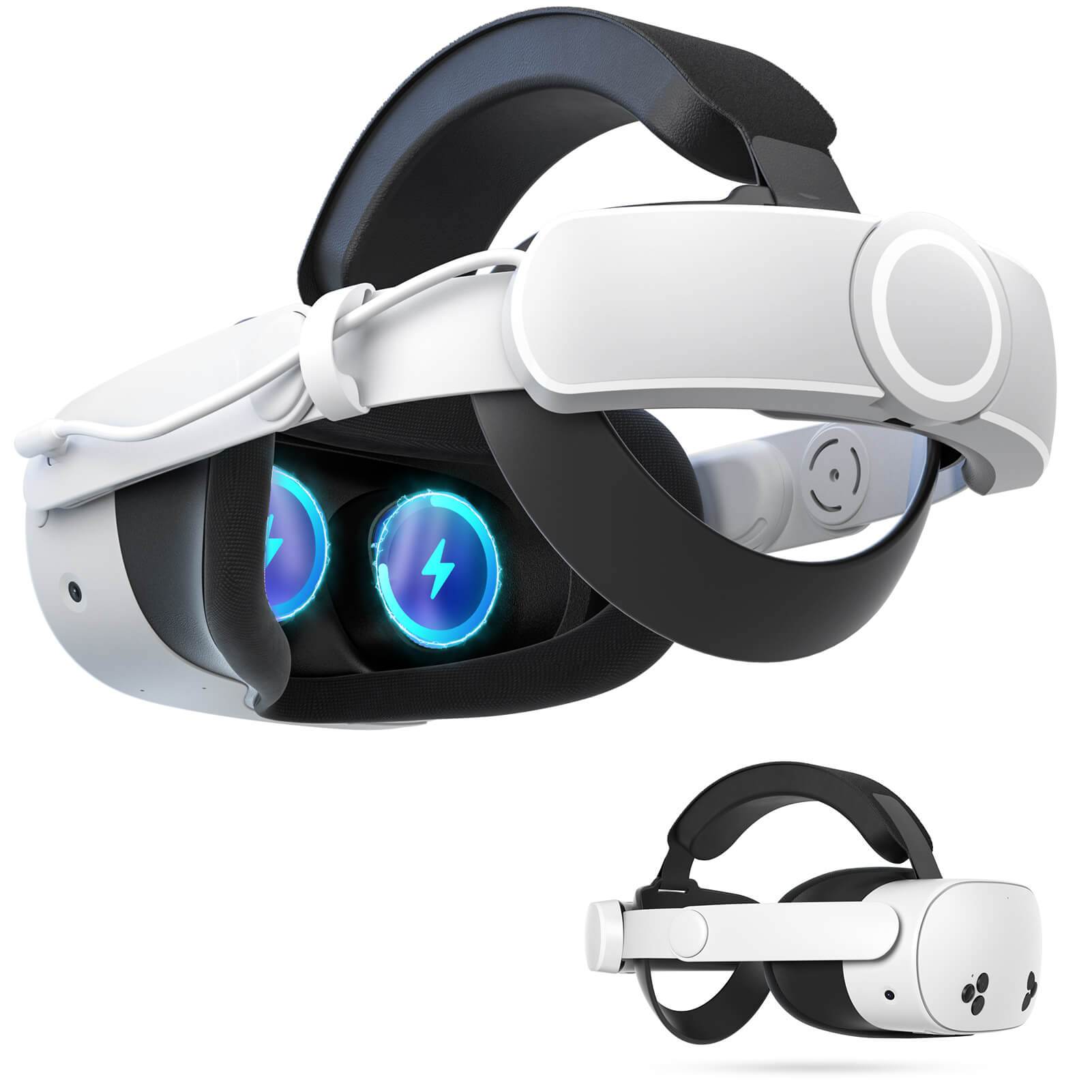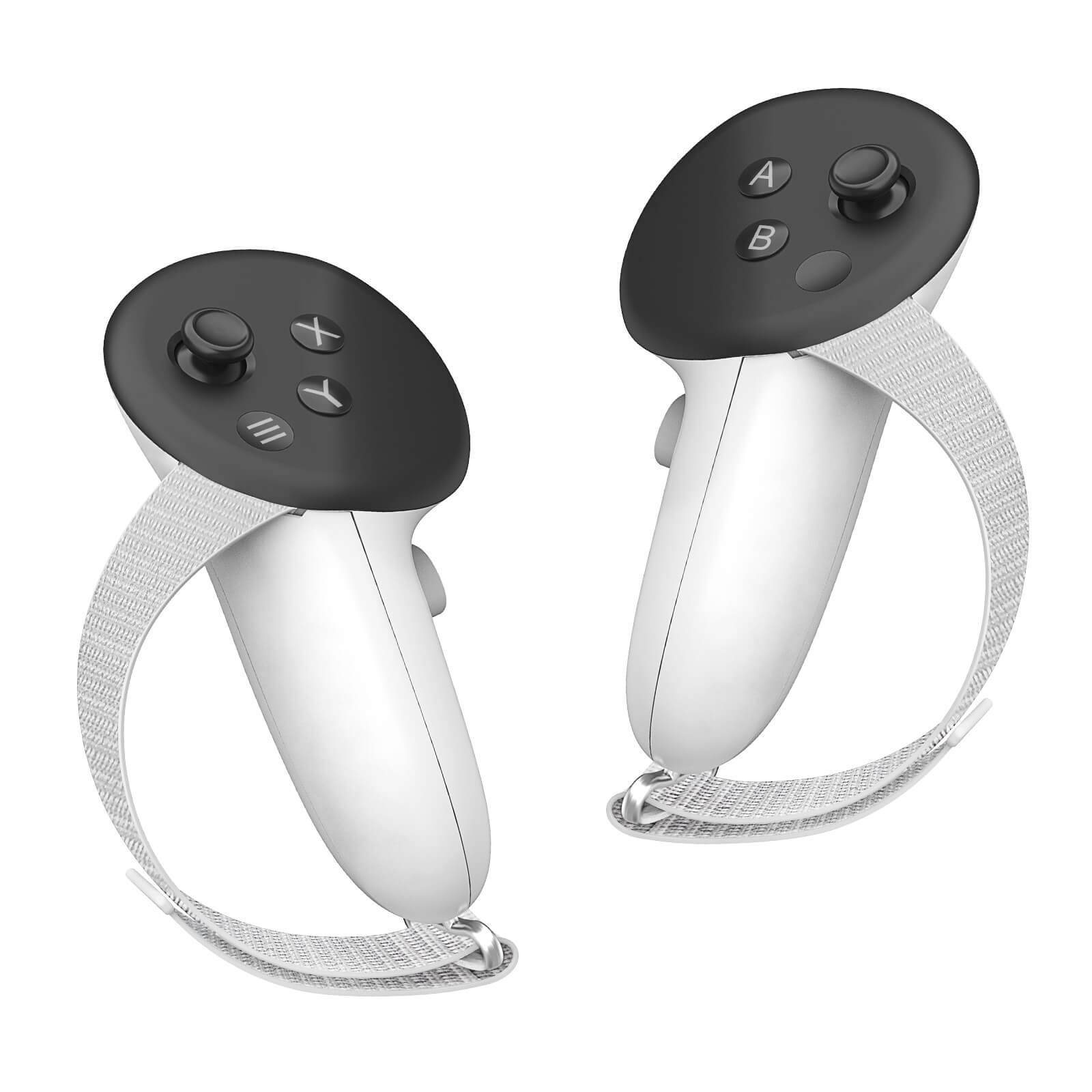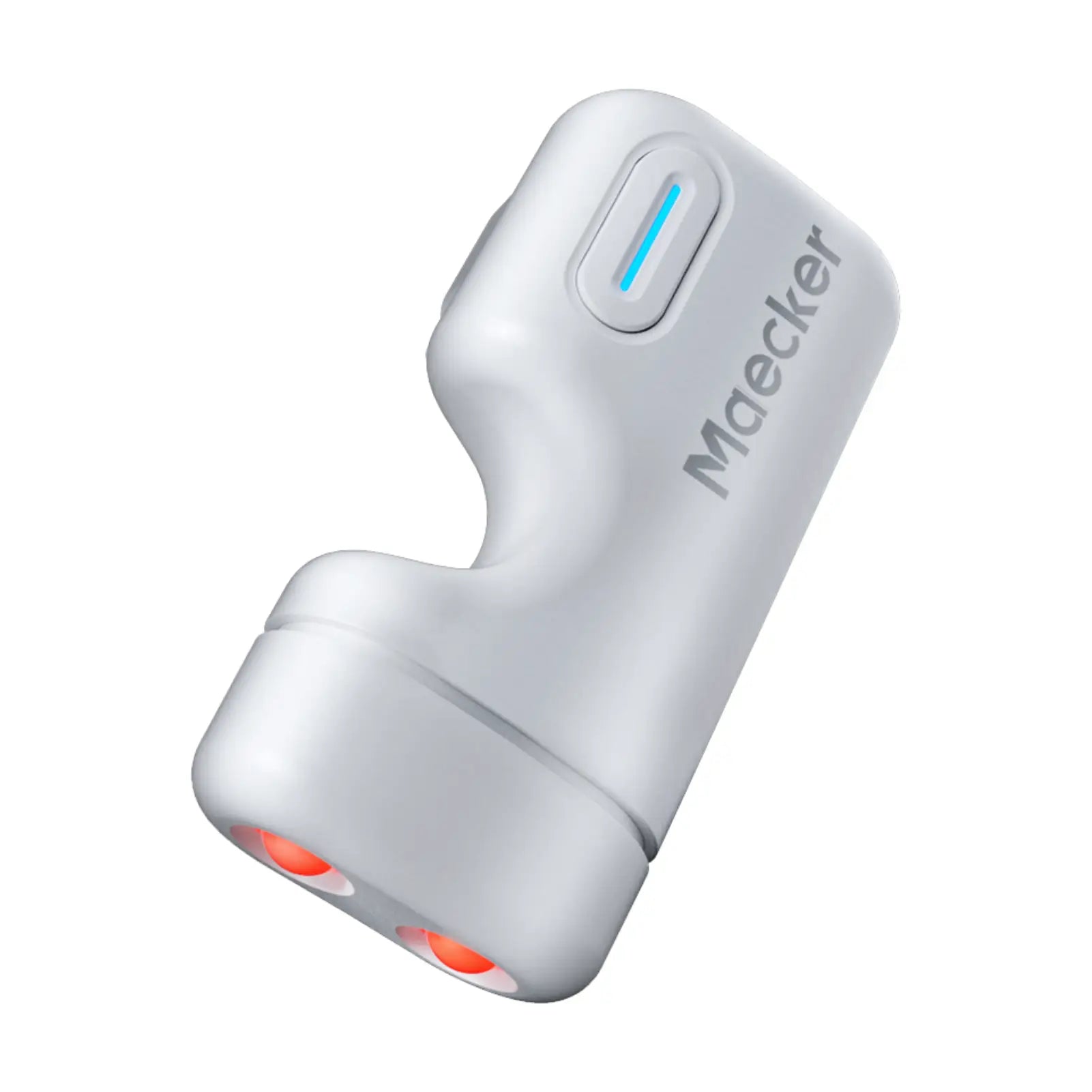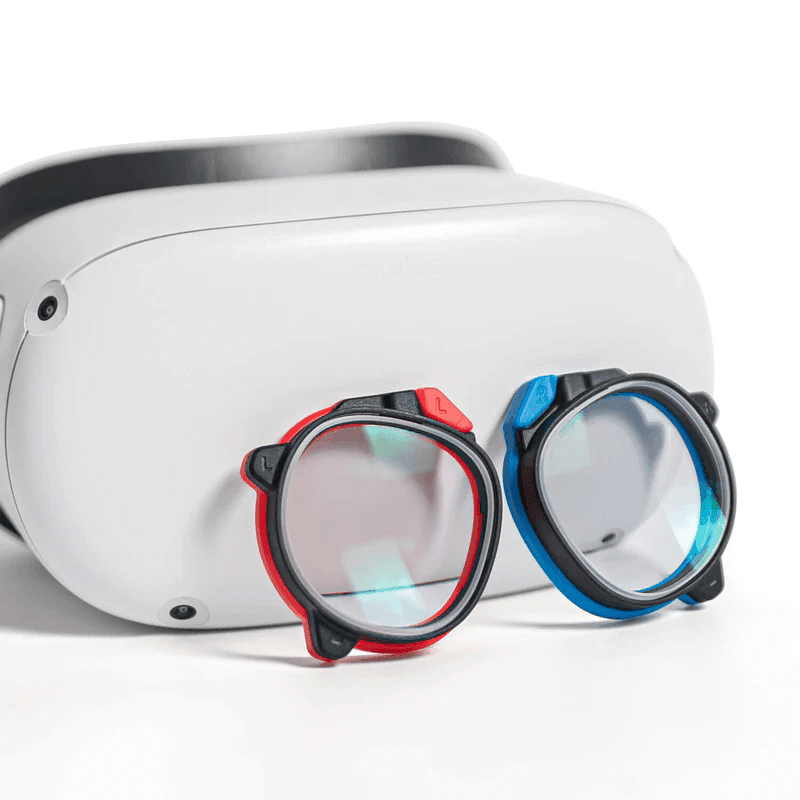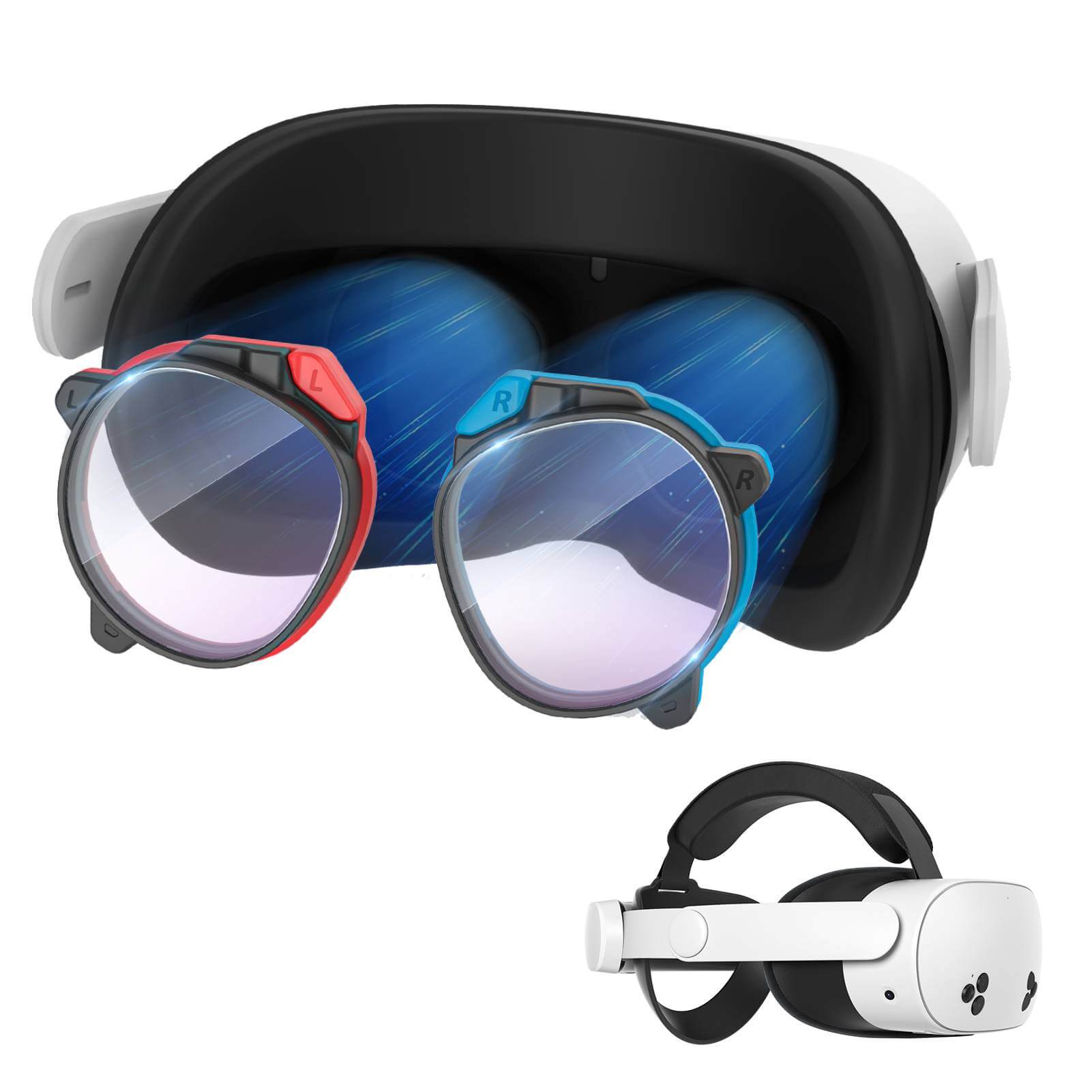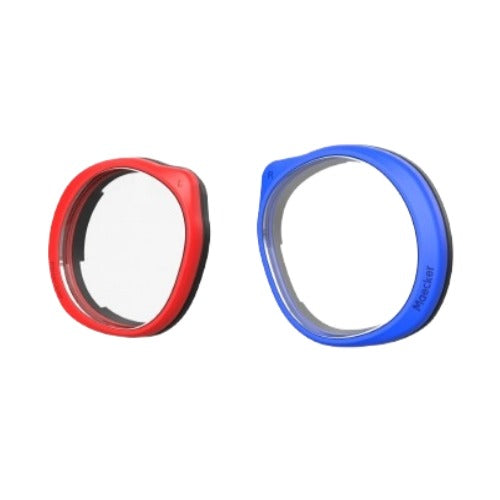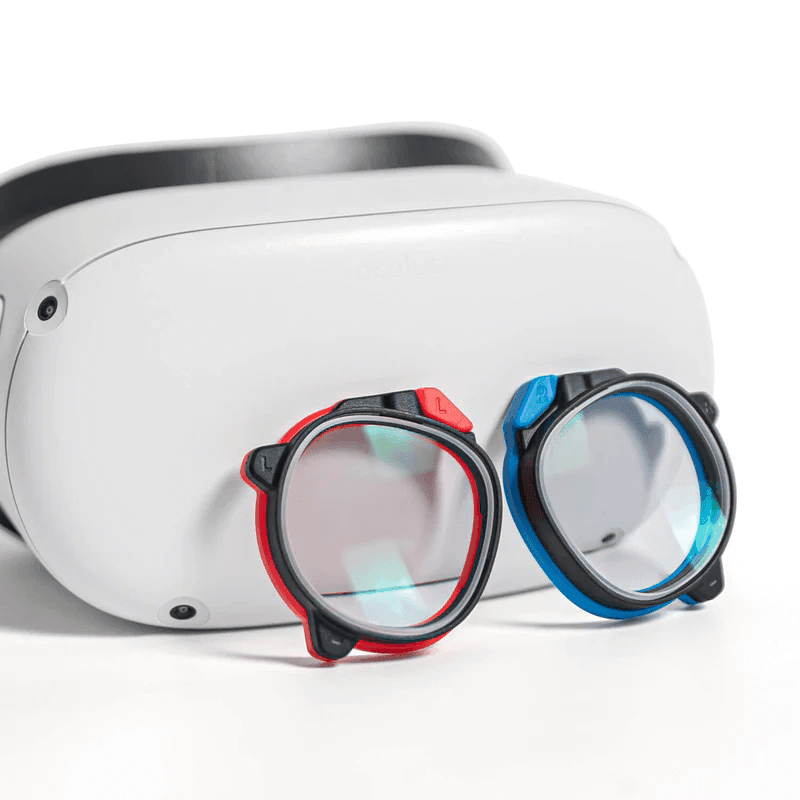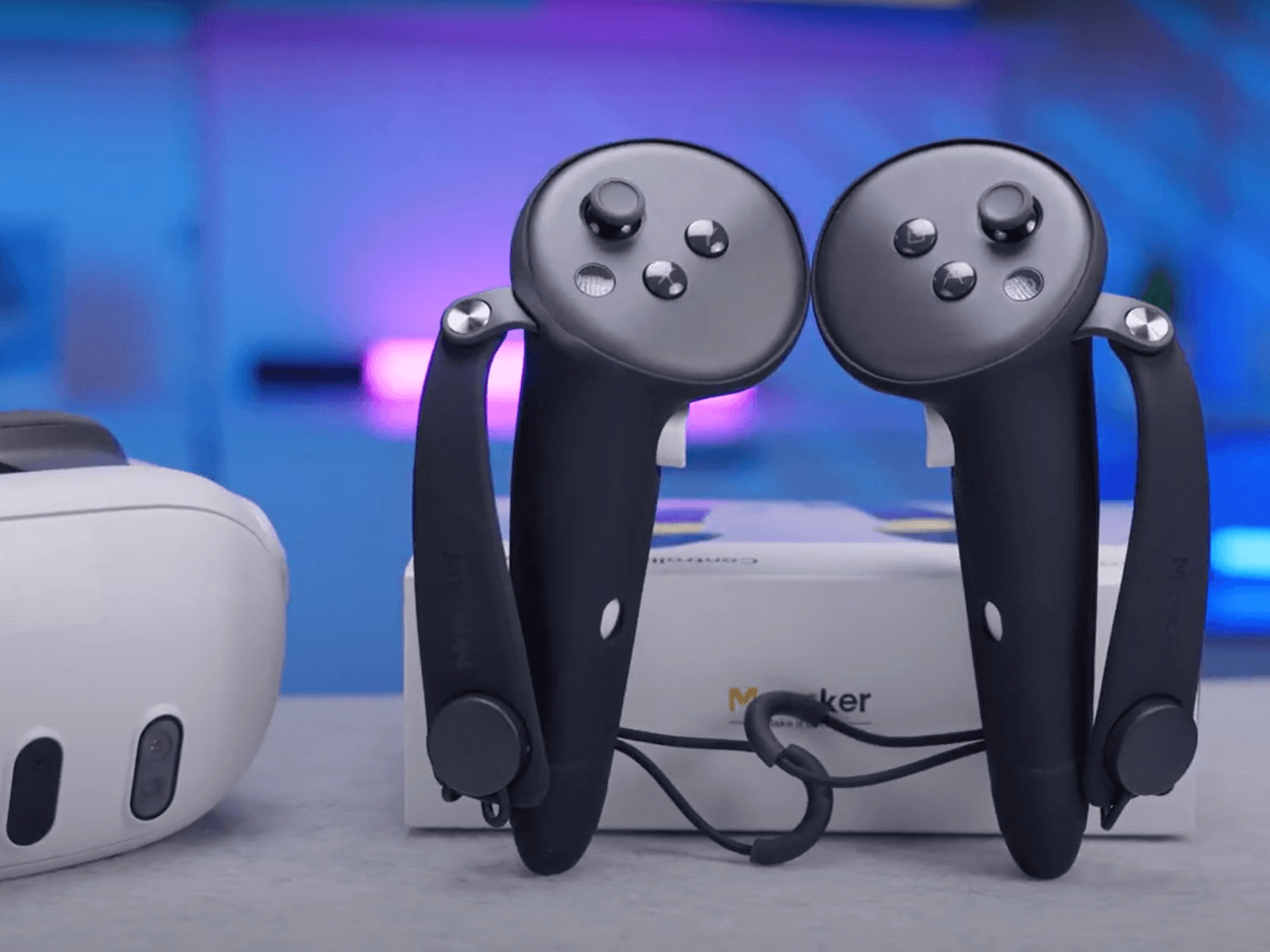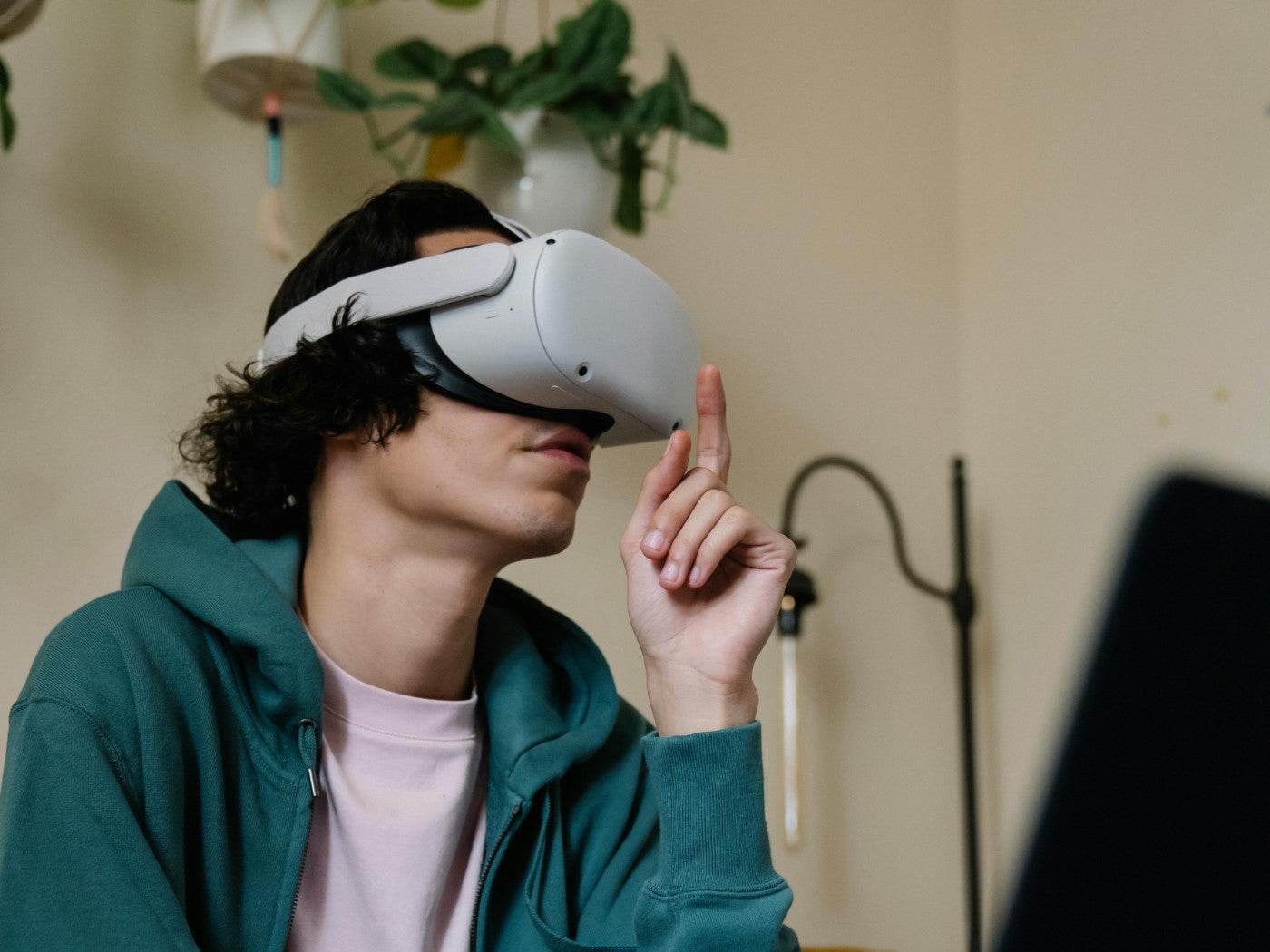Choosing the right VR headset can significantly impact your virtual reality experience. With the growing popularity of VR, choosing the right headset can be intimidating, especially with the variety of options available. This guide will outline the essential factors to consider in buying a VR headset, helping you make a well-informed choice that fits both your needs and budget.
1. Price Range And Budget

One of the first considerations when buying a VR headset is the price. VR headsets range from affordable models to high-end devices with advanced features. Your budget will largely determine the type of headset you can buy.
Entry-Level Headsets
These are typically more affordable, ideal for beginners or casual users. They might have lower resolution and fewer features but can still offer a good introduction to VR.
The Meta Quest 2 is a popular standalone VR headset that doesn't require a PC or console to operate. It's user-friendly and offers a wireless experience, making it ideal for beginners. The Quest 2 features a good balance of performance and affordability, with a decent resolution and access to a wide range of VR games and apps.
Mid-Range Headsets
These offer a balance between price and performance. They generally have better resolution, improved tracking, and more immersive experiences compared to entry-level models.
The PlayStation VR2 is designed to work with the PlayStation 5 console, offering an immersive gaming experience with higher-end features compared to entry-level headsets. It boasts improved resolution, a wider field of view, and advanced haptic feedback.
High-End Headsets
These are designed for enthusiasts or professional users who want the best experience possible. They often require powerful computers to run but offer superior resolution, tracking, and overall performance.
The Apple Vision Pro represents the cutting edge of VR technology. It combines stunning 4K resolution per eye with advanced spatial computing, making it not just a VR headset but a versatile mixed-reality device.
2. Display Resolution
The resolution of a VR headset is a crucial factor that directly affects the clarity of the images you see. Higher resolution means more pixels, leading to sharper images and a more realistic experience.
Resolution Per Eye
The resolution is typically listed per eye, for example, 1440 x 1700 per eye. This is important because the closer the display is to your eyes, the more noticeable pixelation becomes.
Screen Door Effect
Lower resolution headsets may exhibit the "screen door effect," where you can see the gaps between pixels. This can detract from the immersive experience. Higher-resolution models minimize this effect.
3. Field of View (FOV)
A wider field of view provides a more immersive experience, allowing you to see more of the virtual environment at once. This can be particularly important in gaming or simulation applications where situational awareness is key.
Most VR headsets offer a FOV between 100° and 110°. While wider FOVs are preferable, they may also come with trade-offs in terms of cost and device weight.
4. Refresh Rate
Refresh rate is the speed at which the images on the display are updated, measured in frames per second (FPS). A higher refresh rate contributes to smoother visuals and reduces motion blur, which is particularly important in fast-paced games or applications.
For a fluid experience, look for headsets with a refresh rate of at least 90 FPS. This minimizes latency and helps prevent motion sickness. Some high-end models offer refresh rates of 120 FPS or more, which can make the experience even more seamless.
5. Tracking Technology
Tracking technology in VR headsets is important for translating your movements into the virtual world. There are two main types of tracking: outside-in and inside-out.
Outside-In Tracking
This method uses external sensors placed around your play area to track the position of the headset and controllers. It is known for its accuracy but requires more setup.
Inside-Out Tracking
This method uses cameras built into the headset to track your movements. It is easier to set up and more portable but may not be as precise as outside-in tracking.
3DoF vs. 6DoF
Some headsets offer 3 degrees of freedom (3DoF), which track head orientation only, while others provide 6 degrees of freedom (6DoF), tracking both head orientation and position. For a more immersive experience, 6DoF is recommended.
6. Standalone vs. Tethered Headsets
Standalone headsets have built-in computing power and do not require a connection to a PC or console. They are convenient and portable but may offer lower performance compared to tethered headsets.
On the other hand, tethered headsets require a connection to a PC or gaming console, which provides the processing power. They often offer better performance, higher resolution, and more detailed graphics, but at the cost of mobility.
Decide based on how and where you plan to use your VR headset. Standalone headsets are great for casual users or those who need mobility, while tethered headsets are better suited for serious gamers or professionals.
7. Comfort And Ergonomics
Comfort is a key factor, especially if you plan to use your VR headset for extended periods. Consider the weight of the headset, the quality of the padding, and how well it fits your head.
A well-balanced headset reduces strain on your neck and shoulders. Lighter models are generally more comfortable for long sessions. Look for headsets with adjustable straps and high-quality padding. This ensures a snug fit and reduces pressure points.
8. Compatibility And Content Availability
Check if the headset works with your existing gaming console or PC. Some headsets are designed specifically for certain systems, such as PlayStation VR for PlayStation consoles. You should also explore the available content library. A headset with a broader selection of games and apps will offer more value over time.
9. Accessories And Additional Costs
Consider the accessories you might need to fully enjoy your VR experience. Some headsets come with everything you need, while others require additional purchases.
Recommended Meta Quest Accessories
1. MaeckerVR Meta Quest 2/3 Battery Head Strap
2. MaeckerVR Quest 3 Charging Dock
3. MaeckerVR Quest 3 Direct-Charge Controller Grips
Conclusion
Choosing the right VR headset involves balancing various factors such as price, resolution, field of view, refresh rate, tracking technology, and comfort. By carefully considering these aspects, you can select a headset that meets your needs and provides an immersive and enjoyable VR experience.

